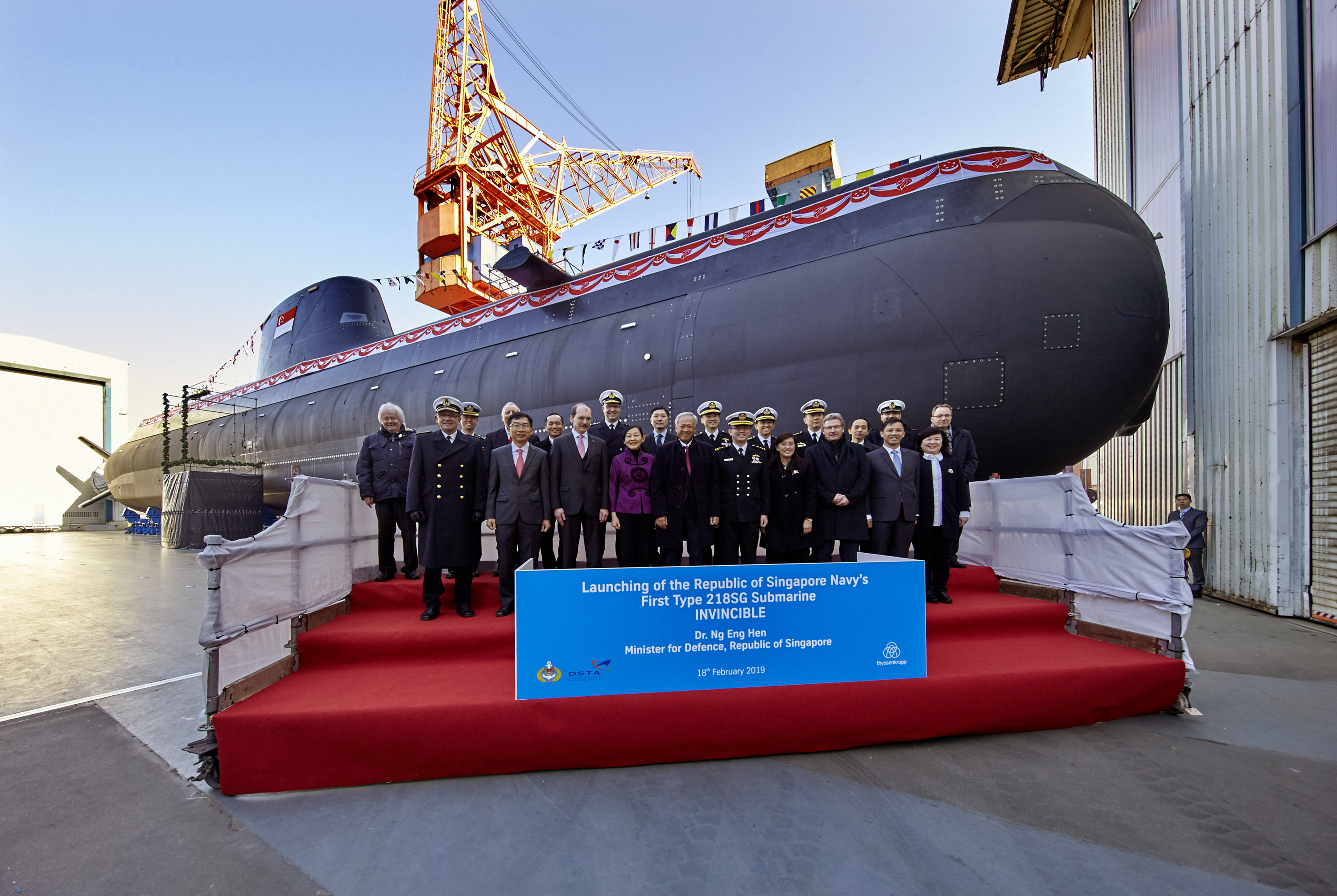German engineering conglomerate thyssenkrupp has formally entered into a joint venture with Wilhelmsen Ships Services, one of the world’s largest maritime service providers, to deliver 3D printed maritime spare parts.
“We are already seeing very positive response for our maritime customers on additive manufacturing adoption,” said Abhinav Singhal, Director of thyssenkrupp Innovations. “They are realizing the benefits from faster lead times, reduced costs and having more resilience in their spare parts supply chain.
“This is going to be a true gamechanger for the maritime industry and we are proud to offer it alongside Wilhelmsen.”
thyssenkrupp and maritime
With more than 900 shipping vessels in its additive manufacturing program so far, thyssenkrupp has printed parts ranging from scupper plugs and wingnuts to gears and impellers.
The group’s Marine Systems branch is one of the leading players in the sector, having obtained an Approval of Manufacturer certificate for its supply of metal 3D printed products for maritime applications, the first ever to be awarded by leading quality assurance and risk management firm DNV GL. The accreditation meant thyssenkrupp’s TechCenter for Additive Manufacturing was approved for application in maritime and other industrial sectors.
“With more than 175 years of cutting-edge technology and expertise, we are equipped to fulfill most demanding requirements of our customers and deliver custom solutions,” said Singhal. “Our strong position in naval surface shipbuilding is underlined by the variety of frigates, corvettes and other vessels delivered to navies worldwide. We are well known as a reliable partner for comprehensive after-commissioning support, with a broad scope of services including spare parts procurement, infrastructure-related measures and modernization programs.”
thyssenkrupp has previously collaborated with Singapore’s Defence Science and Technology Agency (DSTA) to explore additive manufacturing, data analytics for naval applications, and to produce and qualify 3D printed spare parts for submarines. thyssenkrupp Marine Systems is also supplying the Singaporean government with four new custom-built Type 218SG submarines.

Collaborating with Wilmhelmsen
Based on current data from thyssenkrupp, maritime fleets spend some $13 billion every year on spare parts, compounded by limited part availability and costly fulfillment orders. Traditional manufacturing methods can also see lead-times extend into months, which leads to high stock inventories and in turn, large capital costs.
The on-demand nature of additive manufacturing means a significant portion of these costs and inconveniences can be waived through shortened lead times, as spare parts can be manufactured near the vessel location as and when they are needed. According to Hakon Ellekjaer, head of venture, 3D printing, at Wilhelmsen, the collaboration will position the two parties as leaders in the maritime additive manufacturing fulfillment platform, expected to be headquartered in Singapore.
“We are very excited to enter the next phase of our 3D printing journey, hand in hand with thryssenkrupp,” he said. “This joint venture will, we believe, take the lead as the de-facto supplier of 3D printed maritime spare parts, continuing to bring the benefits of additive manufacturing technology to shipping customers by reducing the cost of spare parts, lead times, and environmental footprint.”
The partnership is one that harbors considerable experience, with the companies’ combined age close to 370 years. thyssenkrupp’s technical expertise and additive manufacturing digitization engineering teams, combined with Wilhelmsen’s extensive maritime network, intend to accelerate the adoption of 3D printing within key port locations across the globe.

Adoption of 3D printing in the maritime sector
The adoption of additive manufacturing within the maritime industry has been comparatively slow to that seen in the aerospace and automotive markets. As Singhal explains, the relatively high Research and Development (R&D) budgets and easy-to-realise business cases for 3D printing in these sectors have led to a faster uptake of the technology than that seen in maritime applications.
“In other sectors, companies are still trying to find the sweet spot and identify the right parts with attractive additive manufacturing business cases,” he said. “The maritime sector has seen what development for these sectors looks like. We see equally attractive opportunities in the maritime sector as well, working with obsolete parts, distributed supply chains, and the need to lower costs.
“With the current crisis, maritime customers have realized the need to build more flexibility and resilience in their supply chains, and this is the perfect case for additive manufacturing.”
In this vane, thyssenkrupp is in close dialogue with its maritime customers, with Singhal foreseeing an “exciting time ahead” for the sector.
Nominations for the 2020 3D Printing Industry Awards are still open, let us know who is leading the industry now.
The fourth edition of the 3D Printing Industry Awards Trophy Design Competition is now underway. Enter your design for the chance to win a CraftBot Flow 3D printer.
To stay up to date with the latest 3D printing news, don’t forget to subscribe to the 3D Printing Industry newsletter or follow us on Twitter or liking our page on Facebook.
Are you looking for a job in the additive manufacturing industry? Visit 3D Printing Jobs for a selection of roles in the industry.
Featured image shows from left: Hakon Ellekjaer, head of venture, 3D Printing, Wilhelmsen; Nakul Malhotra, vice president Open Innovation, Marine Products, Wilhelmson; Kenneth Lim, CTO Maritime Port Authority of Singapore; Juergen Woehrmann, head of regional platform Asia Pacific, thyssenkrupp Asia Pacific; and Kenlip Ong, head of Additive Manufacturing Tech Center, thyssenkrupp Innovations. Image via thyssenkrupp.



